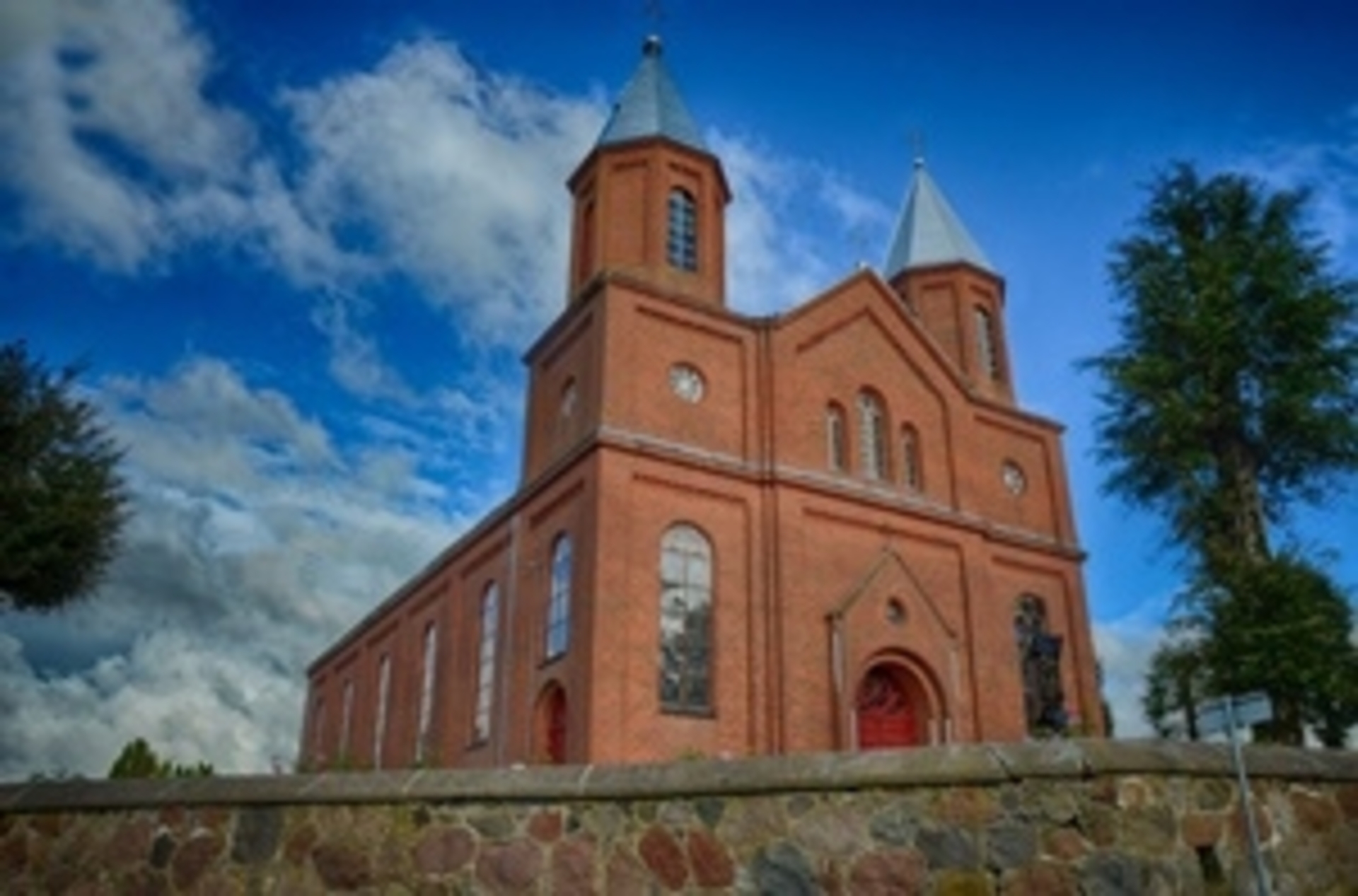Church of St. John the Baptist in Šatės

33

0

0
The history of the Šatės Church began in 1670 when Jonas Volskis built the first wooden church. In 1771, Prince Sapiega sponsored the construction of a new church dedicated to St. John the Baptist. The current church, started in 1881 and completed in 1885, was built with funds from parishioners under the initiative of pastor Simonas Lukoševičius. This building became the center of cultural and spiritual life in Šatės, providing support to participants in the 1863 uprising. The church is notable for its artistic altars and bells dating from the 17th to 19th centuries. The churchyard is enclosed by a stone fence with six iron gates.
Info
-

Religious Heritage
-
Whats new?
Nearby attractions

 Entertainment
Entertainment
 Food establishments
Food establishments





























 56.168441, 21.753421
56.168441, 21.753421
 Get directions
Get directions










